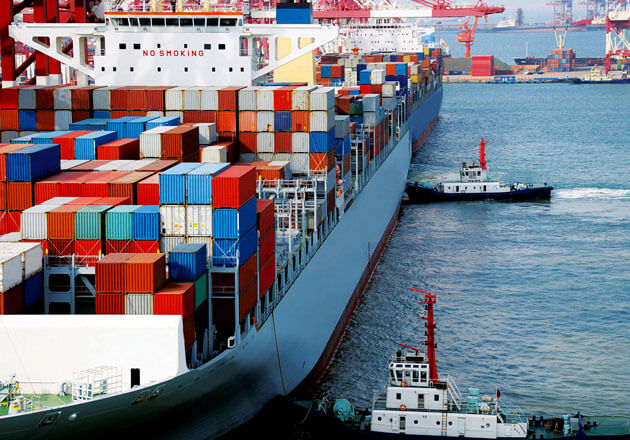Here are some of the top global supply chain news stories happening right now.
Canada’s labor board has intervened in a potential strike by rail workers at CN and CPKC, delaying a possible work stoppage that was slated to begin as early as May 22. The Canada Industrial Relations Board (CIRB) is reviewing whether a strike would have “potential impacts to the health and safety of Canadians.” The Teamsters Canada Rail Conference (TCRC) is frustrated by the delay. They argue that their members — who are looking for better wages and scheduling improvements — have already voted in favor of the strike if a new agreement isn’t reached. Both railroads are urging for a swift resolution, hoping to avoid disruptions to the Canadian economy and supply chains, but some carriers have already begun making contingency plans in case of a strike.
Our take: This labor issue, like the upcoming labor negotiations on the U.S. East Coast, has the potential to impact supply chains in a big way. Importers need to watch both fast-changing situations closely.
Read more here.
Sustainability has become a key issue across most industries over the past several years, but not without challenges, even with the help of new technologies. Industry leaders face barriers due to complexity and endless pressure to improve efficiency and reduce costs. The good news is that real progress has been made in areas such as supply chain visibility, but disruptions to existing services and a lack of internal expertise are hurdles that still need to be cleared. To underscore that, a recent survey of transportation and logistics professionals conducted by HERE Technologies shows that while 72% in Germany and the UK and 68% in the US did feel that visibility was improving, less than 25% in each country felt that they’d made any kind of significant progress.
Our take: Sustainability is an issue important to importers’ end-customers and many consumers. We suggest working with your transportation providers to ensure your supply chain has the visibility customers are demanding.
Read more here.
It took a while, but the ripple effect caused by the situation in the Red Sea has hit, and the swell is increasing. Unfortunately, the cost isn’t restricted to dollars and cents — which is bad in itself. At a time when the industry is doing its best to stay on track with reducing carbon emissions and more efficient transportation, they’re emitting far more, thanks to longer ocean voyages and the use of air freight. During the first quarter of 2024, containers moving from Asia to the Mediterranean traveled an additional 5, 800 nautical miles as they diverted around Africa, emitting 63% more carbon than they did in the last quarter of 2023. And on top of the additional air freight, some shippers are now using rail transport through Russia, further increasing carbon output.
Our take: This situation continues to impact supply chains and is not showing signs of easing. The full impact on importers has been mixed but is still worthy of attention. At least the problems in the Panama Canal are much improved.
Read more here.



